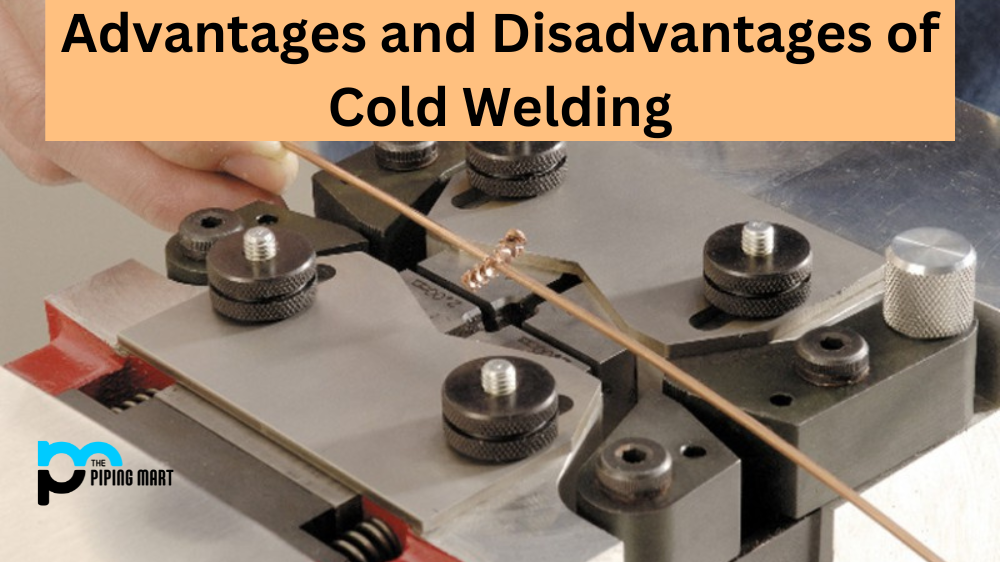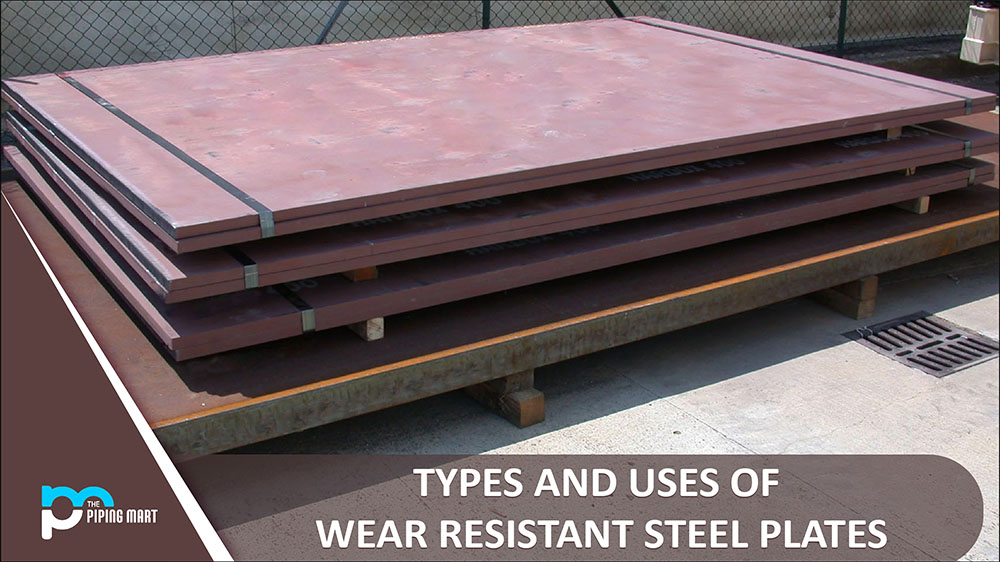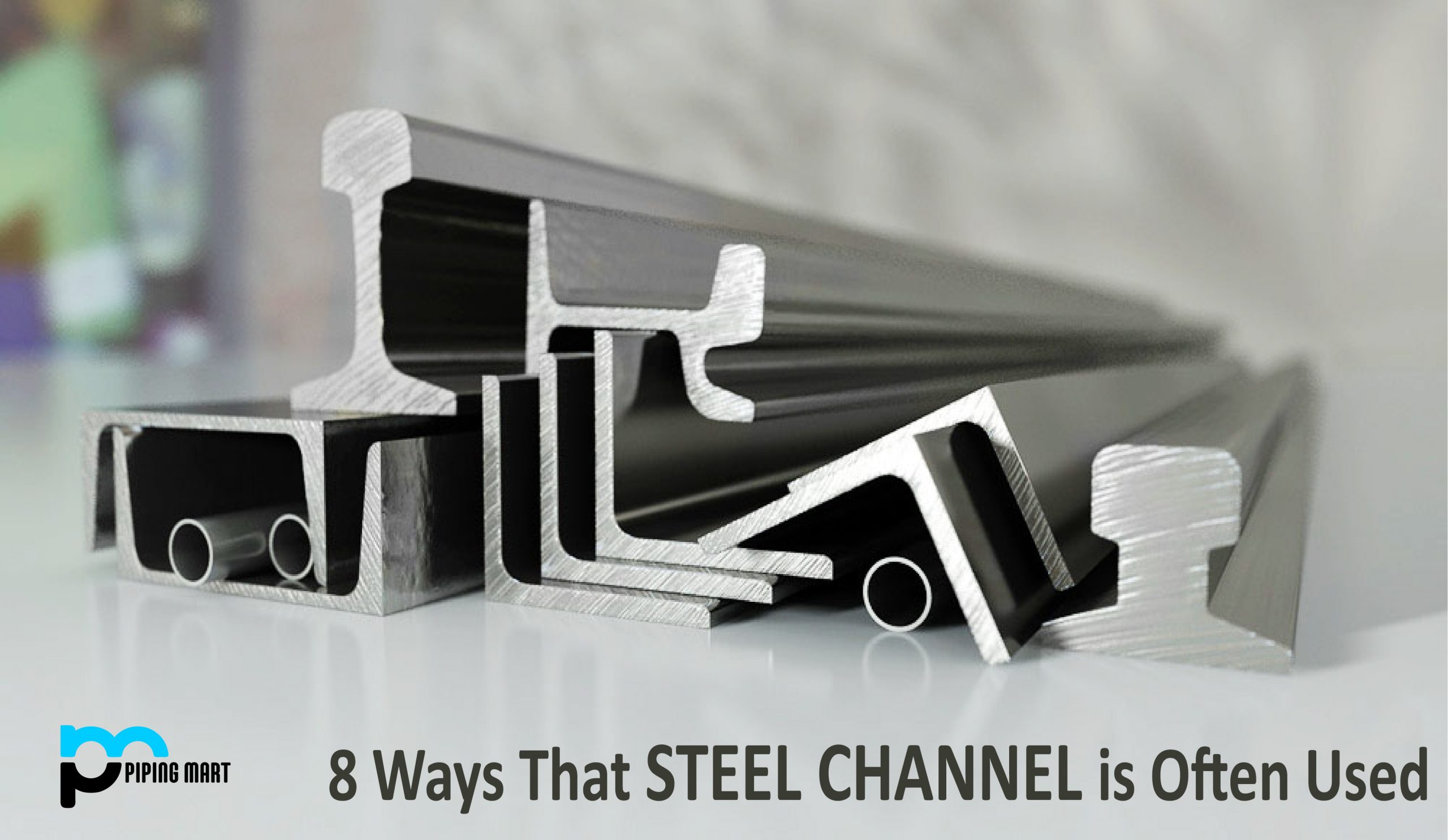Cold welding is a process used to join two metal pieces together without the use of heat or filler material. It works by compressing the metals together and allowing their atoms to interlock, which produces a strong bond between the two pieces. This process is often used in industries such as aerospace, automotive, and construction because it’s quick and effective. But cold welding isn’t without its drawbacks—let’s take a look at some of the advantages and disadvantages of cold welding.
Advantages of Cold Welding
The most notable advantage of cold welding is that it does not require any heat or filler materials, which can make it more cost-effective in certain applications. Additionally, cold welding does not cause any warping or distortion to the parts being joined, making this an ideal solution for components that need to maintain their shape, size, and strength after being welded together. And finally, cold welding results in a very strong bond due to the fact that the metals are fused on a molecular level.
No Heat Required
One of the primary advantages of cold welding is that it does not require heat to weld metals together. This is beneficial as it eliminates the risk of fire and explosion that is associated with other welding methods, such as arc welding. Additionally, it means that cold welding can be used to weld metals in difficult-to-reach places, such as inside pipes or tanks.
No filler Materials Needed
Another advantage of cold welding is that it does not require the use of filler materials. Filler materials are often used in other welding methods, such as arc welding, to help join metals together. However, filler materials can be expensive and can also add weight to the welded joint. Cold welding does not require filler materials, which helps to keep costs down and prevents the welded joint from being unnecessarily heavy.
Strong Joints
Cold welding also results in strong joints between metals. This is due to the fact that, when done correctly, cold welding creates a metallurgical bond between the two pieces of metal. This type of bond is stronger than those created by other welding methods, such as mechanical fastening or adhesive bonding.
Less Distortion
Another advantage of cold welding is that it typically results in less distortion than other welding methods. This is because there is no heat involved in the process, which means that the metals being welded will not expand or contract during the welding.
Disadvantages of Cold Welding
One significant disadvantage of cold welding is that it can be difficult to control since there are no high temperatures involved in the process. Without these temperatures present during welding, it can be difficult to ensure that all parts are properly bonded together if they have different surface qualities or thicknesses. Additionally, cold welding only works on specific types of metals; softer metals, such as aluminium cannot be welded using this method and will require other processes such as brazing or soldering instead. Finally, because there is no heat involved in the process itself, it can take longer than other types of welding methods like arc or spot welding.
Requires Degreasing
In order to cold weld two pieces of metal together, it is necessary to degrease both surfaces. This typically requires the use of hazardous chemicals, which can be harmful to both workers and the environment.
Limited to Certain Materials
Cold welding is only possible with certain types of metals, including aluminium, copper, and stainless steel. It is not possible to cold weld metals such as cast iron or steel.
Not Suitable for All Applications
Cold welding is not suitable for all applications due to its limited strength. The joint created by cold welding is only about 60% as strong as the base metal. For this reason, it is not typically used in applications where high strength is required.
Requires Specialized Equipment
In order to cold weld two pieces of metal together, it is necessary to use specialized equipment. This equipment can be expensive, which makes cold welding a more costly option than other methods of joining metals.
Can Be Hazardous
Cold welding can be a hazardous process due to the use of hazardous chemicals and the generation of fumes. Inhaling these fumes can lead to respiratory problems, and skin contact can cause irritation or burns.
Conclusion:
Cold welding can be an effective way to join two metal pieces together quickly and easily without using heat or filler material—but it’s not without its drawbacks either. It can be difficult to control due to its lack of heat and may not work on softer metals like aluminium; additionally, it can take longer than other types of welding processes like arc or spot welding due to its lack of heat. All these factors should be taken into consideration when deciding whether or not cold welding is right for your project!

Abhishek is a seasoned blogger and industry expert, sharing his insights and knowledge on various topics. With his research, Abhishek offers valuable insights and tips for professionals and enthusiasts. Follow him for expert advice on the latest trends and developments in the metal industry.




